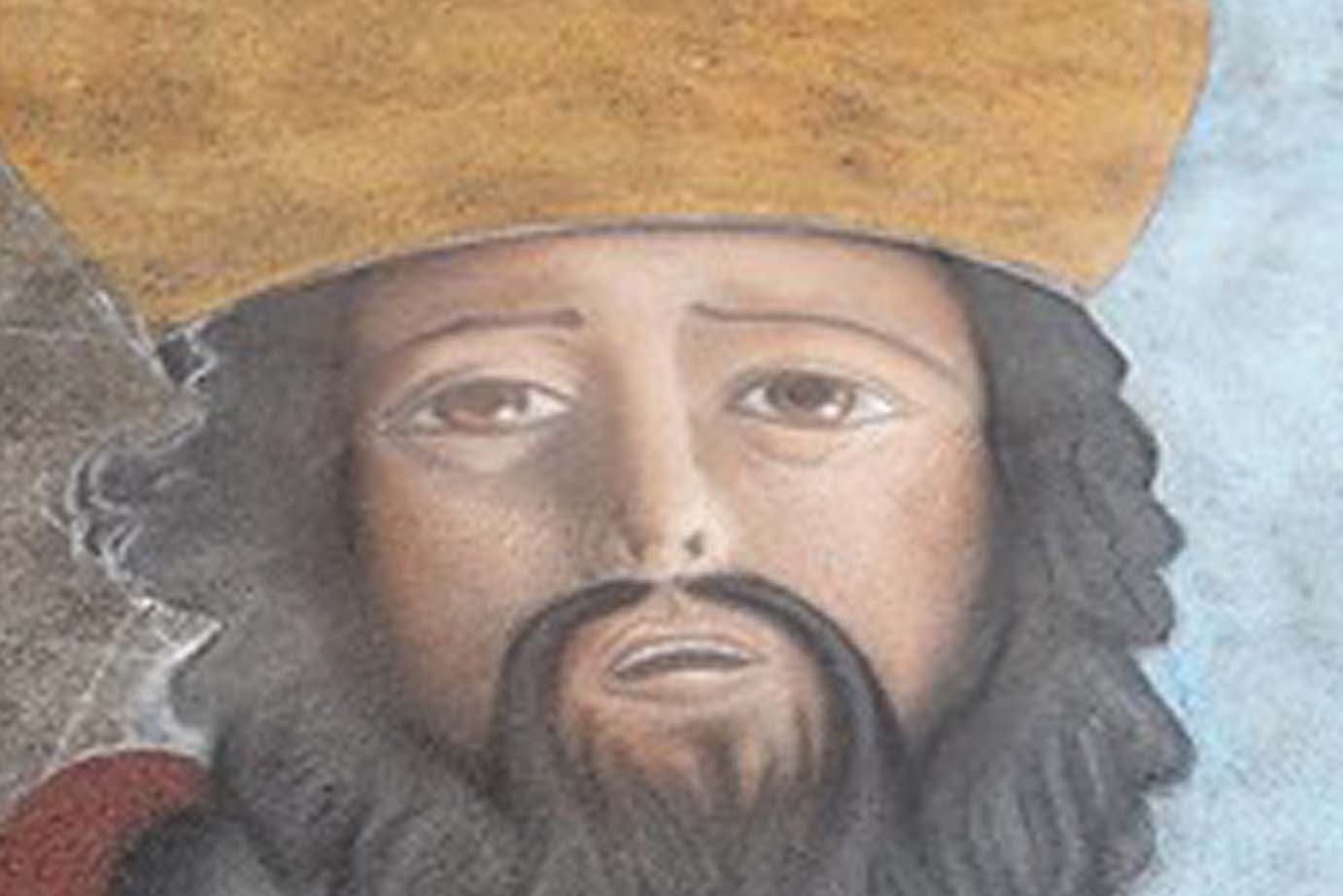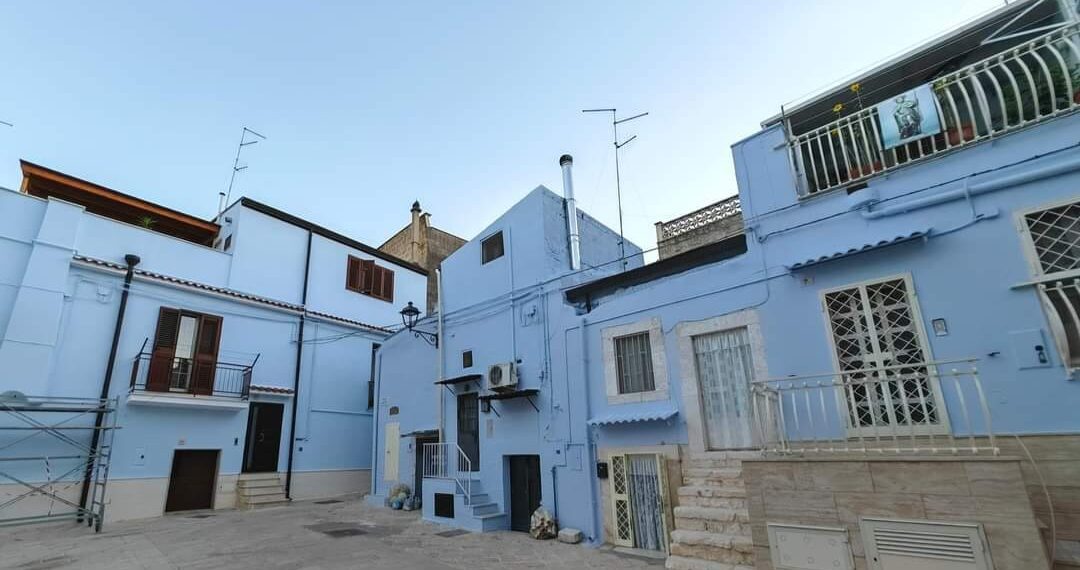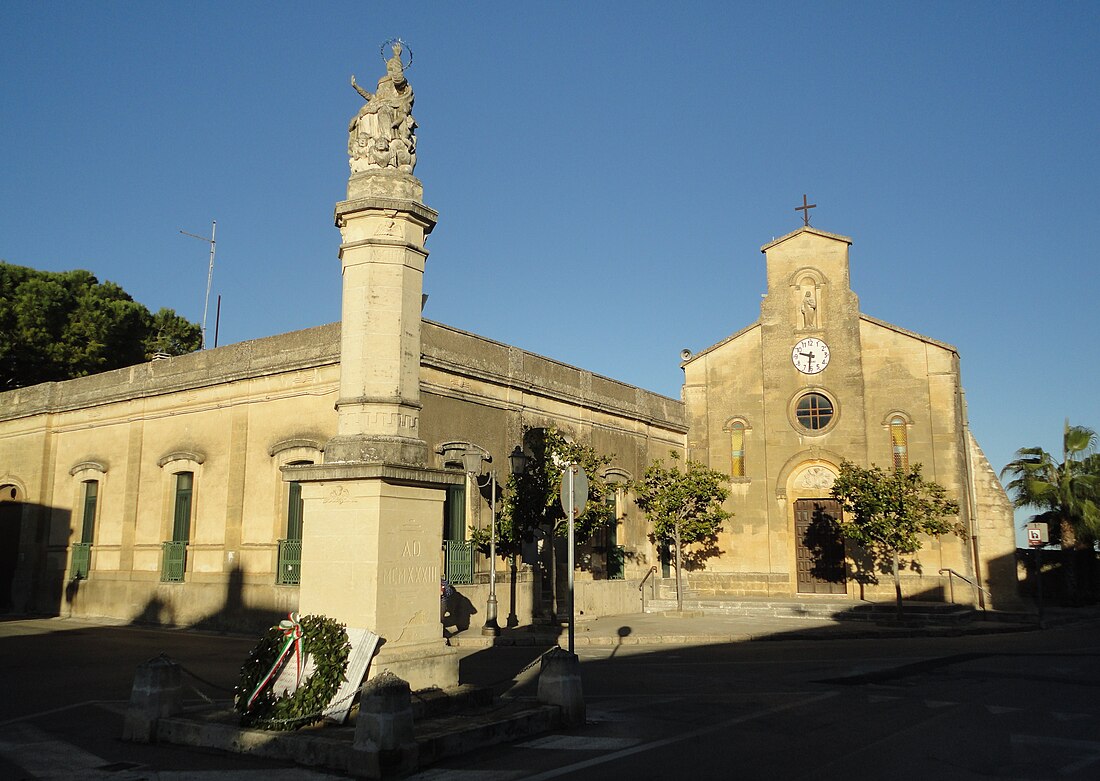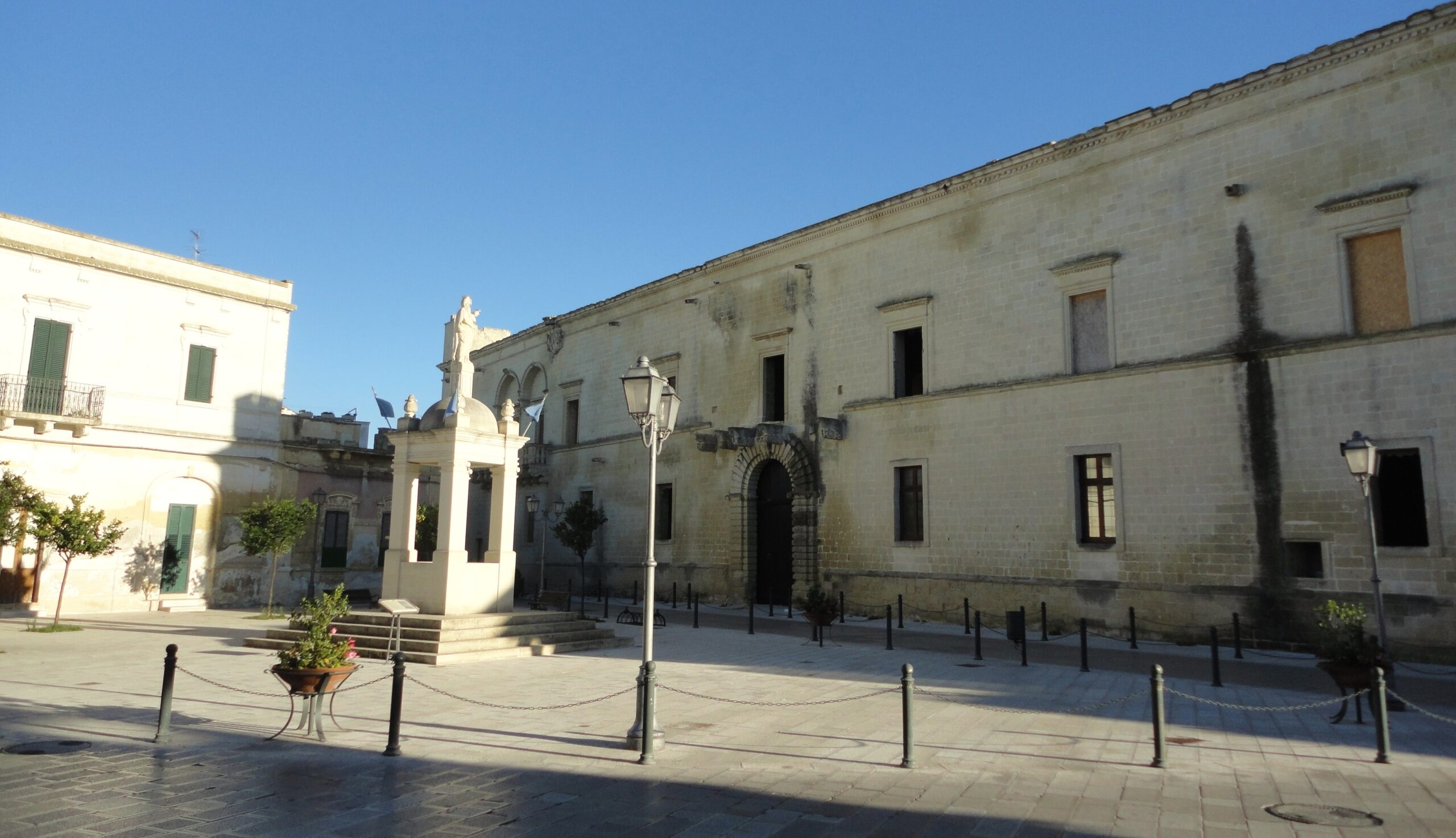The Evangelization of Salento and the Cult of Sant’Oronzo
The evangelization of Salento has its roots in the 5th century, a period characterized by profound religious and cultural changes. Thanks to the work of religious people trained at the school of Saint Augustine and African refugees, the region saw the arrival of bishops and Christians from North Africa, contributing to a significant Latinization of the territory. In this context, the figure of Saint Oronzo, patron saint of Lecce, emerges, whose cult has assumed a central importance in the religious and cultural life of Salento.
African Refugees and Evangelization
The presence of African refugees in Salento, testified by Vittorio di Vita in 484, is linked to the persecutions of the Vandals of Arian observance. These religious, educated on Latin translations of the Holy Scripture, arrived in Salento bringing with them the Christian faith. The cult of Saint Oronzo in Lecce is one of the tangible signs of this evangelization, with legends that attest to his protection during the plague of 1656, giving rise to currents of popular devotion.
Saint Oronzo and the Legend of the Martyrdom
Saint Oronzo, identified with the martyr Arontius of Potenza, is remembered in the ancient martyrology Geronimiano. His figure is surrounded by legends that connect him to a group of twelve African brothers martyred during the persecution of Maximian. These traditions, although of very little historical reliability, attest to the importance of the cult of Saint Oronzo, which spread to many southern locations starting from the 11th century.
In Lecce, the veneration of Saint Oronzo consolidated into a localized cult, with testimonies dating back to the 12th century. The chapel dedicated to the martyrdom of Saint Oronzo is located outside the city walls, a place that symbolizes his protective presence.
The Memory of Saint Oronzo in Ostuni
The tradition of Saint Oronzo extends to Ostuni, where the saint’s memory is linked to a sixteenth-century honor. The records of a pastoral visit in 1558 reveal that many priests bore the name Rontius, derived from Orontius. In 1567, the Cathedral Chapter of Ostuni accepted a legacy to support a priest in the church of Saint Oronzo. The discovery of a miraculous cave on Mount Morrone further fueled popular devotion, especially after the plague of 1656.
The Martyrdom of Saint Oronzo and the Tradition of the Holy Martyrs
Saint Oronzo, together with the saints Giusto and Fortunato, is commemorated on August 26. According to tradition, Giusto, a disciple of Saint Paul, was shipwrecked on the coast of Salento and met Publio, later Saint Oronzo, who converted to Christianity. After having preached successfully, they were arrested and condemned to death during Nero's persecution.
The cult of the martyrs has deep roots in Lecce and Southern Italy, with a collective celebration dating back to 1658. Sant’Oronzo is known for having saved the city from the plague, and his image is frequently depicted in Lecce’s Baroque art, a symbol of protection and faith for the people of Lecce.
The Earthquake of 1743 and Popular Devotion
On February 20, 1743, Salento was hit by an earthquake that caused extensive damage to Nardò and Francavilla Fontana. This event profoundly influenced the collective memory and devotion to the saint, who was celebrated for his protection. The donation of a commemorative painting by the community is an example of popular gratitude towards Saint Oronzo.
Recent scientific studies, such as “The Environmental Effects of the 1743 Salento Earthquake,” have analyzed not only the damage to buildings, but also the environmental effects of the earthquake, such as landslides, hydrological variations and tsunami deposits. These studies highlight the importance of considering the environmental impact of earthquakes in land use planning, especially in areas with high tourist density such as the Salento peninsula.
Devotion to Turi
The feast of Sant’Oronzo in Turi is a celebration steeped in faith and legend, which takes place in the basement of the Sant’Oronzo cave, where it is said that the saint took refuge to pray and administer the Eucharist. The cave is accessible via a skylight and a staircase, and preserves eighteenth-century altars and a majolica floor.
During the summer, the faithful gather to honor the patron saint, culminating in a historical parade at the end of the month. Preparations include the creation of a majestic triumphal chariot, pulled by six mules, which represents an ancient tradition. The eve of the festival includes a procession to the cemetery and on the day of the celebration, August 26, a hot air balloon is launched.
The festivities come alive with banquets, concerts and ephemeral works of art by the madonnari. The night-time historical procession evokes the eighteenth century, with flag-wavers, knights and religious authorities that parade through the town, decorated with lights. At the end, the float, similar to a boat and rich in artisanal details, is welcomed with fireworks and the song of Mosè, making the Turi festival one of the most authentic in the South.
In the church of the Sacred Cave in Turi there is a wooden sculpture depicting the head of Sant’Oronzo, venerated as a symbol of martyrdom. This effigy, enclosed in a polyhedral case, represents a peculiar devotion, largely limited to Turi and Botrugno, and has origins linked to the cult of the patron saint of Lecce.
It is likely that the beginning of this cult dates back to the second half of the 18th century, after the earthquake of 1743, with a peak of devotion in the 19th century, during the episcopate of Monsignor Nicola Caputo. The sculpture was created by the farmer and artist Giuseppe Palmisano between 1901 and 1903, inspired by the head of the saint kept in Lecce. Blessed in 1903, the work received recognition for a grace received during its procession.

 E. V. Olive Oil 250 cl
E. V. Olive Oil 250 cl

















Leave a comment